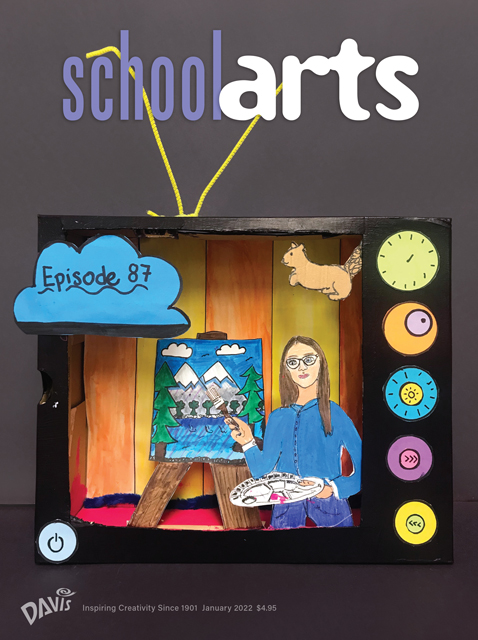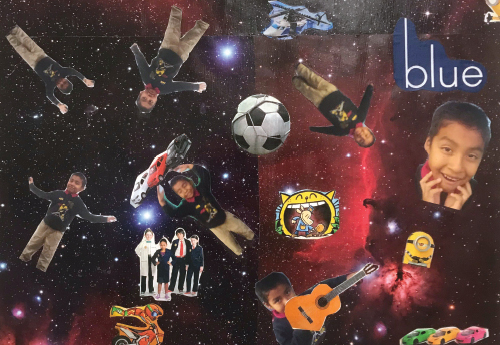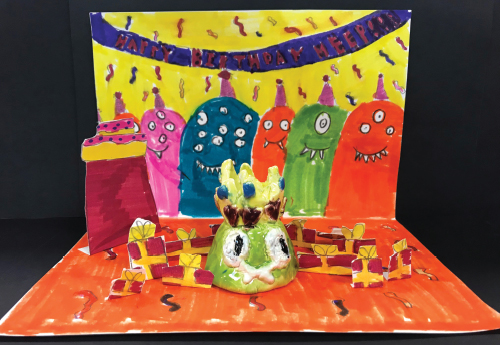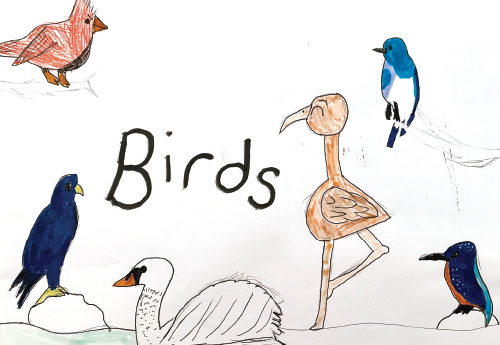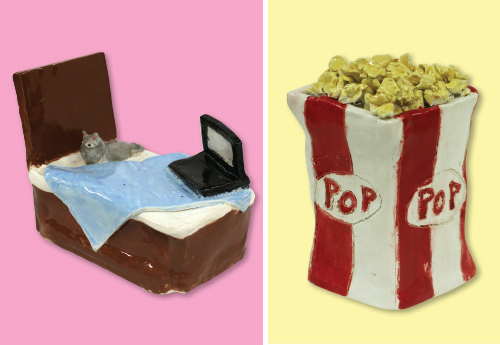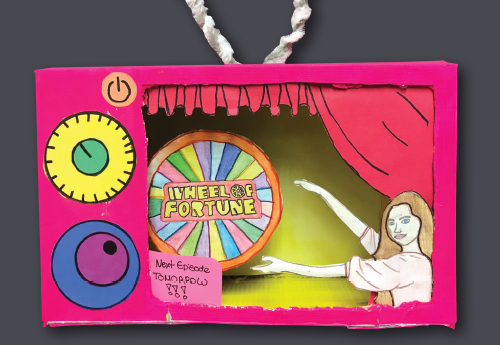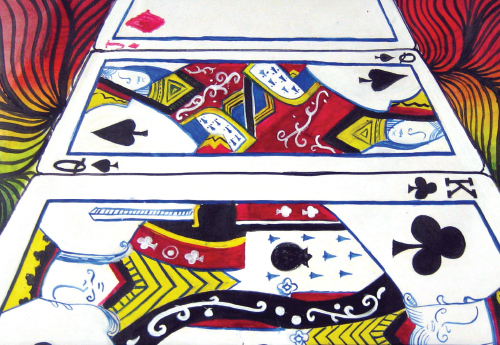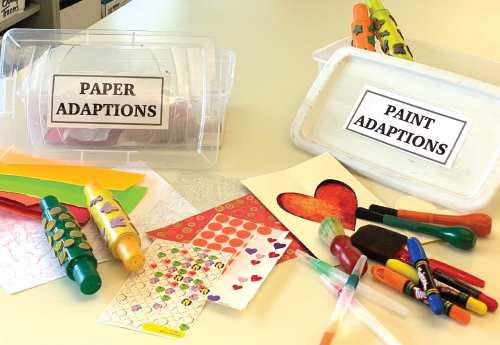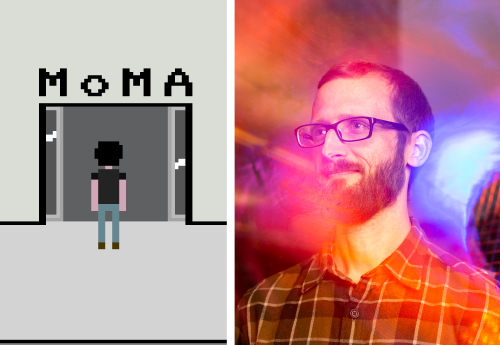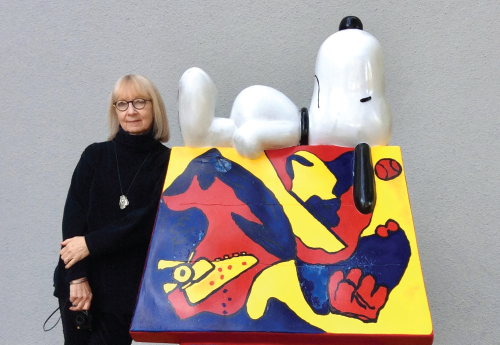
Editor's Letter: Humor
Having a well-developed sense of humor is a definite asset for an art teacher, both for your own peace of mind and your students’ engagement in art-making. This month, we offer a humorous take on personality paintbrushes, exaggerated portraits, monstrous pinch pots, pop art sculptures with a mathematical twist, playfully constructed televisions, paintings based on games, and much more. Where will humor lead you?
Read Article
